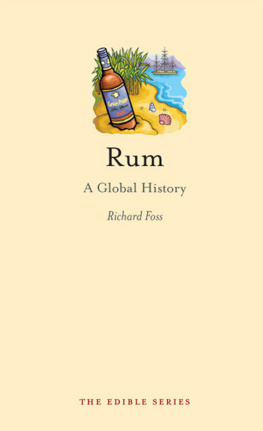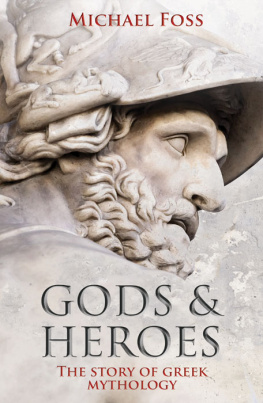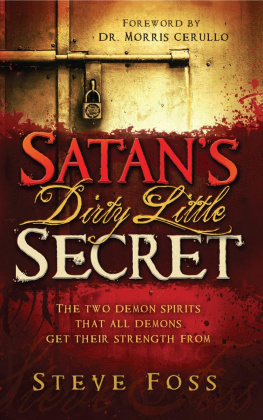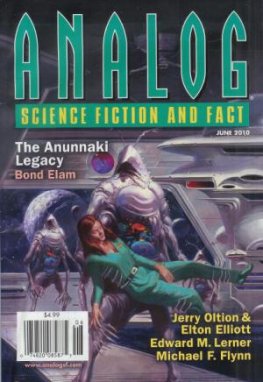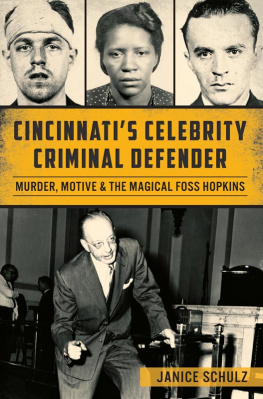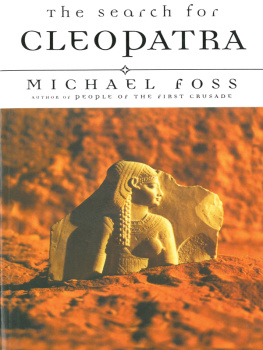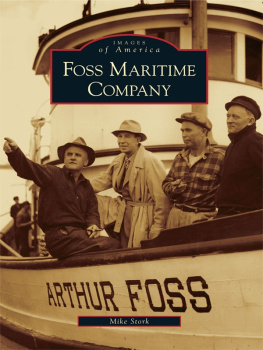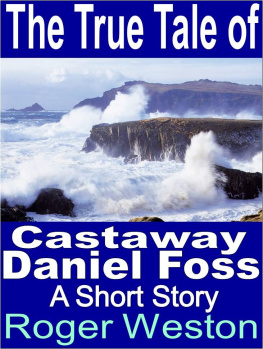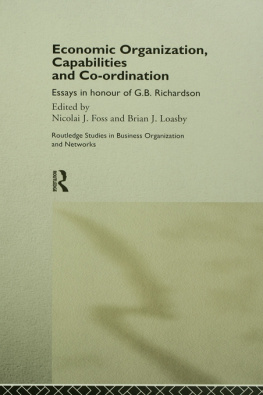Liquid History:
An Introduction

The first time I enjoyed the flavour of rum was not the first time I actually drank it far from it, in fact. I had imbibed rum as a teenager, of the quality that someone would bring to a party frequented by underage drinkers, and I could not imagine how anyone could enjoy drinking the stuff straight. That particular rum and I both had plenty of rough edges, and we did not immediately take to each other. I drank rum, then and later, as a component of sweet tropical drinks with umbrellas in them, and occasionally as an addition to coffee on cold evenings. My conversion to actively appreciating good rum came as an accident as I sought to win the heart of a fair lady.
The woman was a few years older than me and far more sophisticated, and I was more than a bit nervous on our first date. We arrived early for a dinner reservation and were invited to wait in the bar, and she confidently ordered, Myerss and rocks, please. Having no idea what that was, I added, Sounds great! Make that two. A coffee-coloured liquid with ice cubes arrived in short order, and I cautiously took a sip. It was obviously a distilled spirit of some kind, but like nothing I had tried before: smooth and gentle and tasting delicately of spice and caramel. When my date left for a few moments onsome mysterious feminine errand, I asked the bartender for a look at the bottle so I could find out what this marvellous elixir was.
 | Myerss rum used a simple but memorable graphic style for many ads, as in this example from 1941. |
Rum? That was rum?
My romantic intentions with the lady fizzled out shortly thereafter, but my appreciation for her beverage of choice grew with each new experience. I savoured light and dark, sweet and spicy, mellow and sharp. Gradually I learned some of the lore of rum, the extraordinary history and cultural connections that go far beyond the superficial connection with tiki drinks, Caribbean pirates and bad sea shanties.
The most famous of these, the one with the Yo, ho, ho, and a bottle of rum chorus, isnt traditional at all it waswritten by Robert Louis Stevenson for his book Treasure Island in 1883. This is in keeping with much pirate and rum lore, both of which are full of romantic misinformation. The truth about both rum and piracy is actually more interesting. Rum has been a beverage, a currency and an element of ritual, a symbol of debauchery among Temperance crusaders and of healthy moderation in the British Navy. It is made as far south as New Zealand and as far north as Newfoundland, and was a major export of colonial New England. Rum has jump-started economies and fuelled the slave trade, sparked mutinies against captains who withheld it and governors who tried to regulate it, and been an indispensable element of religious worship. It has been celebrated by authors, used in toasts by statesmen, and also been a comfort and reward to the labourers who cut the cane that went to make more rum. In recent years aged versions have acquired, and deserved, the same mystique as fine Scotch whisky, and a new generation of distillers are creating surprising variants on traditional recipes.
In short, it is a beverage that is every bit as worthy of study as wine, but that hasnt generally attracted the same level of consideration. This brief book alone will not make up for that deficit, but will give at least an overview of rums origins, worldwide history and cultural impact, and perhaps a glimpse at its future. There are other books about the early history of rum in the Caribbean that go into greater detail, but none that address rum as a worldwide phenomenon. I will also explore some aspects of the anthropology of rum, the songs and poems that celebrated it or attacked it as evil. Rum has provoked strong feelings from the very beginning, and it would be easy to fill a book twice this size with its lore and literature.
1
What Is and Isnt Rum?

First its worth a look at the question of what rum is, which is not as easy to answer as it might seem. The simplest definition is that rum is a beverage distilled from sugar cane, either in the form of the raw juice or from molasses refined from sugar by boiling. That seems to be an easy line to draw, but in practice things get murky.
Pure sugar-cane juice can be fermented into a type of rum usually called rhum agricole or cachaa, and about io per cent of the worlds rum is made this way. Almost all of this is produced either in Brazil or in former French colonies, though boutique distillers elsewhere are expanding the style. There is no generally accepted generic term for rums based on sugar-cane juice distillers in the French Caribbean argue that only their products should be called rhum agricole, and Brazilian law says that cachaa can only be produced in that country. (It might seem that cachaa is just another word for rum from Brazil, but there are also Brazilian rums that are marketed just as rum. Cachaa is distilled to a lower proof than most other rums, and batches are started with a different technique, but these reasons alone are not enough to consider it something other than a form of rum.)

